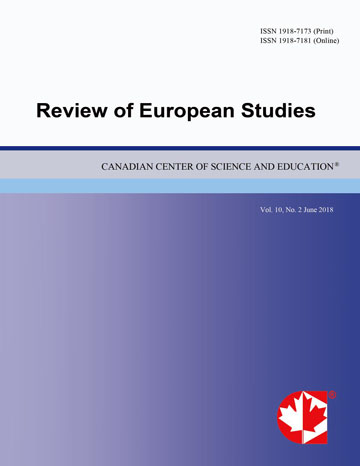Sustainable City: Assessing the Community Happiness of Residents in Putrajaya Municipality Malaysia
- Haruna D. Musa
- Mohd R. Yacob
- Ahmad M. Abdullah
- Mohd Y. Ishak
Abstract
With the recent establishment of linkages between characteristics of the community and subjective well-being of residents by a sociologist, the ability to design and monitor urban development that enables human and environmental well-being becomes necessary. Developing communities sustainably require resilient economic, environmental, social and governance systems. This study assesses community happiness based on perceived satisfaction of sustainable development interventions in urban areas. A sample of 400 residents was selected to complete the self-reported survey on specific items on a 10-point response scale (1 means “very dissatisfied” and 10 means “very satisfied”). The sample comprised of residents between 18 years of age and above who lived and works in the town, outside and identified with the communities in the city. The results show that the environmental well-being (M=7.69, SD=1.59), social well-being (M=6.96, SD=1.73), and urban governance (M=6.69, SD=1.61), and economic well-being (M=6.19, SD=2.01) respectively were positively perceived to contribute to the overall community happiness (M=6.88). The findings suggest that investments unto the dimensions could lead to a more optimistic outlook for sustainable community future. The study contributed to the literature on the connection between subjective well-being and sustainable development, and also the measure of community happiness in local context using subjective approach, particularly in Malaysia.
- Full Text:
 PDF
PDF
- DOI:10.5539/res.v9n1p31
Index
- Academic Journals Database
- ACNP
- CNKI Scholar
- COPAC
- DTU Library
- Elektronische Zeitschriftenbibliothek (EZB)
- EuroPub Database
- Excellence in Research for Australia (ERA)
- Genamics JournalSeek
- Google Scholar
- Harvard Library
- HeinOnline
- IBZ Online
- Infotrieve
- JournalTOCs
- LOCKSS
- MIAR
- Mir@bel
- PKP Open Archives Harvester
- Publons
- RePEc
- ResearchGate
- ROAD
- Scilit
- SHERPA/RoMEO
- Standard Periodical Directory
- Technische Informationsbibliothek (TIB)
- The Keepers Registry
- UCR Library
- Universe Digital Library
- WorldCat
- Zeitschriften Daten Bank (ZDB)
Contact
- Paige DouEditorial Assistant
- res@ccsenet.org
